Home>Gardening & Outdoor>Landscaping Ideas>When To Cut Grass After Aeration And Seeding
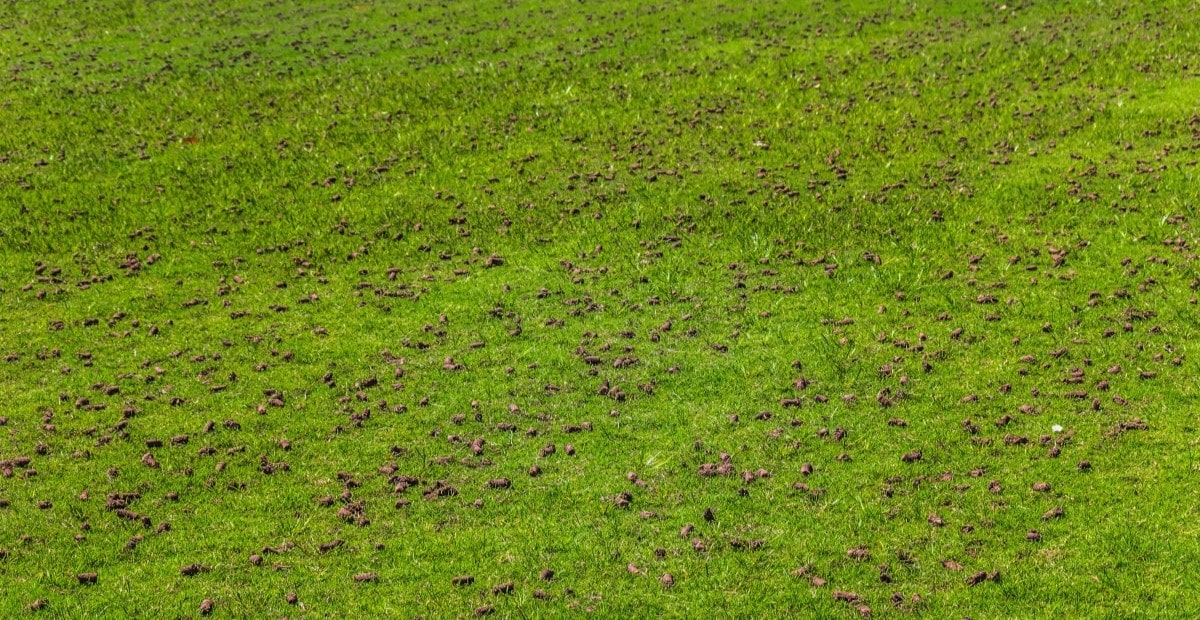

Landscaping Ideas
When To Cut Grass After Aeration And Seeding
Modified: February 18, 2024
Learn the best timing for cutting grass after aeration and seeding to promote healthy lawn growth. Discover more landscaping ideas and tips.
(Many of the links in this article redirect to a specific reviewed product. Your purchase of these products through affiliate links helps to generate commission for Storables.com, at no extra cost. Learn more)
Introduction
Landscaping enthusiasts often seek ways to enhance the health and vibrancy of their lawns. Aeration and seeding are two essential practices that can breathe new life into tired, lackluster grass. However, knowing when to cut the grass after aeration and seeding is crucial for ensuring optimal results. In this comprehensive guide, we will delve into the best practices for post-aeration and seeding lawn care, providing valuable insights and tips to help you achieve a lush, thriving lawn. Understanding the intricacies of aeration and seeding, as well as the ideal timing for mowing, is fundamental to the success of your lawn care efforts. Let's explore the key considerations and recommendations for cutting grass after aeration and seeding, allowing you to make informed decisions and nurture a verdant, resilient lawn.
Key Takeaways:
- Wait at least 2-3 weeks after aeration and seeding before mowing to let new seeds grow and existing grass recover for a healthier, more resilient lawn.
- Consider grass type, climate, and aeration intensity when deciding when to mow after aeration and seeding. Follow mowing tips to maintain a thriving lawn.
Read more: When To Seed After Aeration
Understanding Aeration and Seeding
Before delving into the best time to cut grass after aeration and seeding, it’s important to grasp the significance of these practices. Aeration involves perforating the soil with small holes to alleviate compaction and facilitate the penetration of air, water, and nutrients to the grassroots. This process promotes stronger root growth and enhances the overall health of the grass. Seeding, on the other hand, is the strategic introduction of new grass seed to fill in bare patches, improve density, and introduce new grass varieties for a more resilient and visually appealing lawn.
By understanding the purpose of aeration and seeding, you can appreciate the impact these procedures have on the grass’s vitality. Aeration promotes better circulation of essential elements to the grassroots, while seeding contributes to the rejuvenation and fortification of the lawn. Both practices are integral to achieving a lush, robust lawn that can withstand environmental stressors and maintain its aesthetic appeal.
Best Time to Cut Grass After Aeration and Seeding
Timing is crucial when it comes to mowing your lawn after aeration and seeding. After these procedures, it’s essential to allow the grass some time to recover and establish new growth before mowing. Typically, it’s advisable to wait for at least two to three weeks before mowing the lawn after aeration and seeding. This waiting period allows the newly planted seeds to germinate and take root, and gives the existing grass time to recover from the aeration process.
It’s important to note that the specific timing may vary based on factors such as the grass type, climate, and the extent of aeration and seeding performed. For warm-season grasses, such as Bermuda grass or Zoysia grass, the ideal time to mow after aeration and seeding is during the peak growing season, which is typically late spring or early summer. On the other hand, cool-season grasses like Kentucky bluegrass and fescue are best mowed after aeration and seeding in the early fall or early spring, when they are actively growing and can recover more effectively.
By allowing the grass some time to recover before mowing, you give the newly planted seeds the opportunity to establish themselves and the existing grass to regain strength. This approach promotes healthier and more uniform growth, resulting in a more resilient and visually appealing lawn.
Wait at least 2 weeks before cutting newly aerated and seeded grass. This allows the new seeds to germinate and the grass to establish strong roots. Cutting too soon can damage the new growth.
Factors to Consider
When determining the right time to cut grass after aeration and seeding, several factors should be taken into account to ensure the best possible outcomes for your lawn. Understanding these factors will enable you to make informed decisions and tailor your lawn care practices to suit the specific needs of your grass and local climate.
- Grass Type: Different grass species have varying growth patterns and optimal growing seasons. It’s essential to consider the specific characteristics of your grass type when deciding when to mow after aeration and seeding.
- Climate: The local climate plays a significant role in determining the best time to mow after aeration and seeding. Factors such as temperature, humidity, and precipitation levels can impact the recovery and growth of the grass.
- Extent of Aeration and Seeding: The intensity of the aeration and seeding processes can influence the recovery time needed before mowing. Deeper aeration and extensive seeding may require a longer waiting period to allow for proper establishment and growth.
- Soil Conditions: The condition of the soil, including its moisture levels and compaction, can affect the recovery and growth of the grass after aeration and seeding. It’s important to consider the soil’s ability to support new growth before mowing the lawn.
- Growth Stage: Understanding the growth stage of the grass is crucial. Mowing too soon after aeration and seeding can disrupt the establishment of new seedlings and hinder the recovery of the existing grass.
By carefully considering these factors, you can make well-informed decisions regarding the optimal timing for mowing your lawn after aeration and seeding. Taking into account the unique characteristics of your grass and local environment will contribute to the overall health and resilience of your lawn.
Tips for Cutting Grass After Aeration and Seeding
When it’s time to cut the grass after aeration and seeding, following a few essential tips can help maintain the health and integrity of your lawn. By adhering to these guidelines, you can ensure that the newly seeded areas are not disturbed, and the existing grass can continue to thrive.
- Use the Right Mowing Height: Set your mower to a proper cutting height to avoid stressing the grass. For cool-season grasses, a height of around 3 to 4 inches is recommended, while warm-season grasses can be mowed slightly lower, typically between 1.5 to 2.5 inches.
- Sharpen Mower Blades: Ensure that your mower blades are sharp to achieve clean cuts, which promote healthier grass growth. Dull blades can tear the grass, leading to frayed edges and increased susceptibility to diseases.
- Alternate Mowing Patterns: Varying your mowing patterns prevents soil compaction and promotes more upright grass growth. This practice also helps prevent the formation of ruts in the lawn.
- Collect Grass Clippings: After mowing, collect the grass clippings to prevent them from smothering the newly seeded areas and to maintain a tidy appearance. Alternatively, consider using a mulching mower to finely chop the clippings and return them to the lawn as organic matter.
- Monitor Soil Moisture: Pay attention to the moisture levels in the soil, especially in newly seeded areas. Avoid mowing when the soil is excessively wet, as this can lead to soil compaction and damage to the delicate seedlings.
- Gradually Resume Normal Mowing Schedule: After the initial mowing following aeration and seeding, gradually transition back to your regular mowing schedule. This approach allows the grass to acclimate to regular maintenance without undue stress.
By implementing these tips, you can promote healthy growth, preserve the newly seeded areas, and maintain the overall well-being of your lawn after aeration and seeding. Consistent and attentive lawn care practices will contribute to a lush, resilient, and visually appealing outdoor space.
Read more: How Long To Wait To Cut Grass After Aerating
Conclusion
Knowing when to cut the grass after aeration and seeding is a critical aspect of effective lawn care. By understanding the purpose of aeration and seeding, as well as the optimal timing for mowing, you can contribute to the health and vibrancy of your lawn. The waiting period of two to three weeks after aeration and seeding allows the grass to recover and the newly planted seeds to establish themselves, leading to stronger, denser, and more resilient turf.
Considering factors such as grass type, climate, the extent of aeration and seeding, soil conditions, and growth stage is essential for making informed decisions about when to mow after these procedures. Tailoring your lawn care practices to suit the specific needs of your grass and local environment will contribute to the long-term health and beauty of your lawn.
Following the recommended tips for cutting grass after aeration and seeding, such as using the right mowing height, sharpening mower blades, alternating mowing patterns, and monitoring soil moisture, will help maintain the integrity of the grass and newly seeded areas. By gradually resuming your normal mowing schedule and consistently implementing these best practices, you can foster a thriving and visually stunning lawn.
Ultimately, by incorporating these insights and recommendations into your lawn care routine, you can achieve a lush, resilient, and aesthetically pleasing lawn that enhances the overall appeal of your outdoor space. With proper timing and attentive maintenance, your post-aeration and seeding lawn will flourish, providing you with a verdant and inviting landscape to enjoy and share with others.
Frequently Asked Questions about When To Cut Grass After Aeration And Seeding
Was this page helpful?
At Storables.com, we guarantee accurate and reliable information. Our content, validated by Expert Board Contributors, is crafted following stringent Editorial Policies. We're committed to providing you with well-researched, expert-backed insights for all your informational needs.
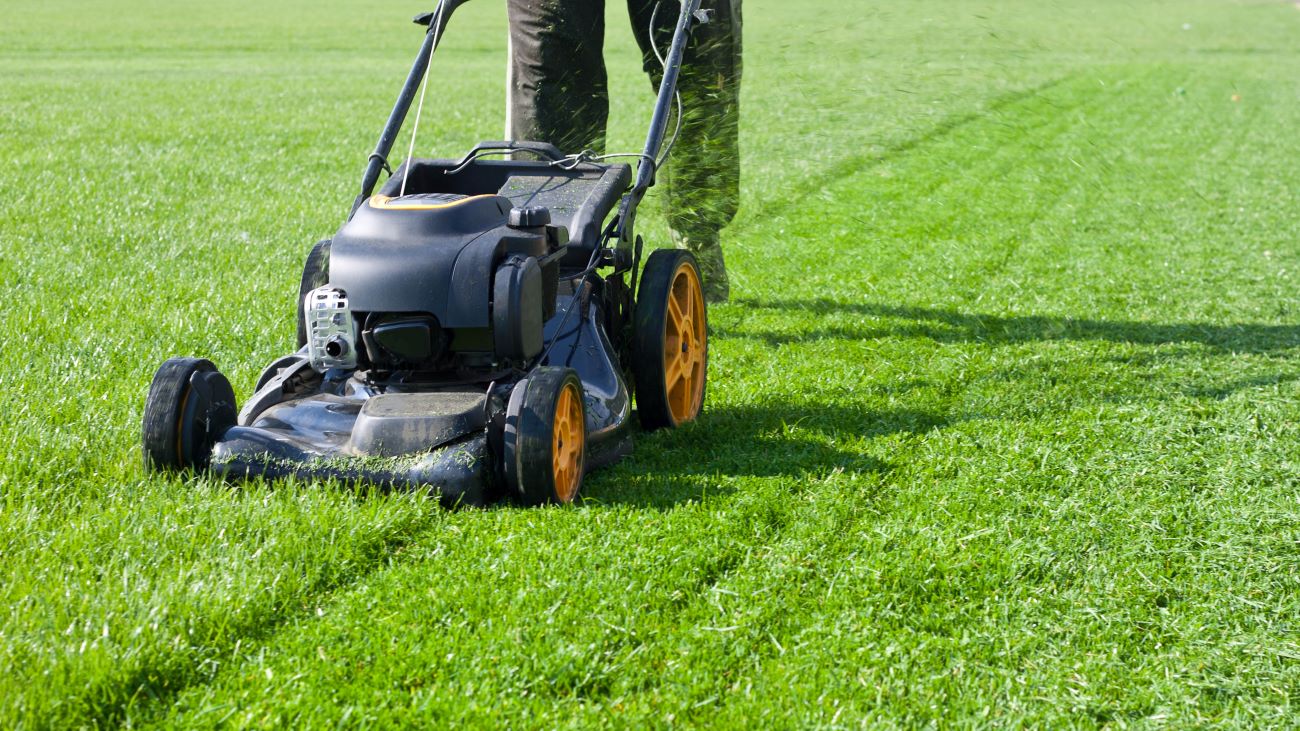
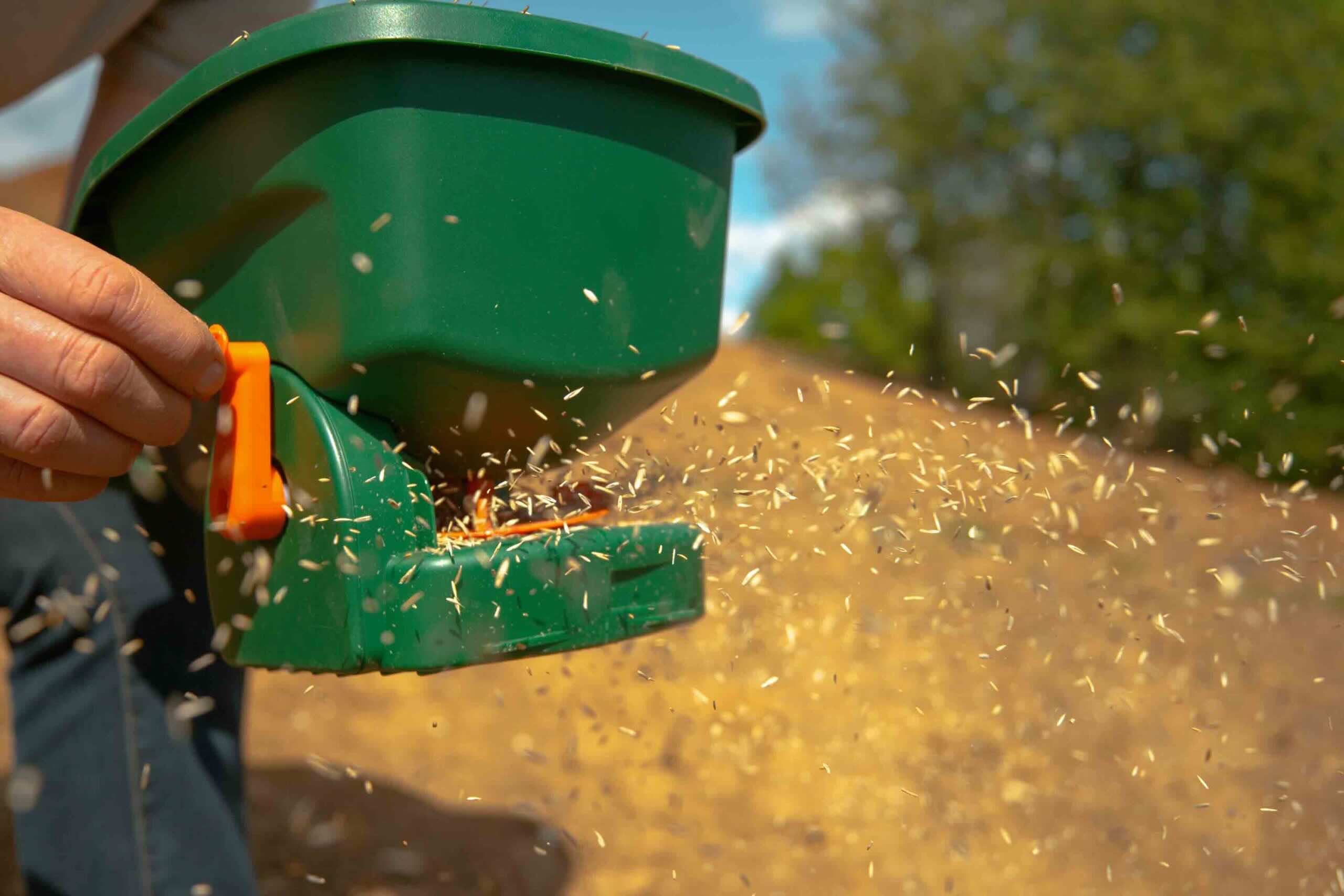
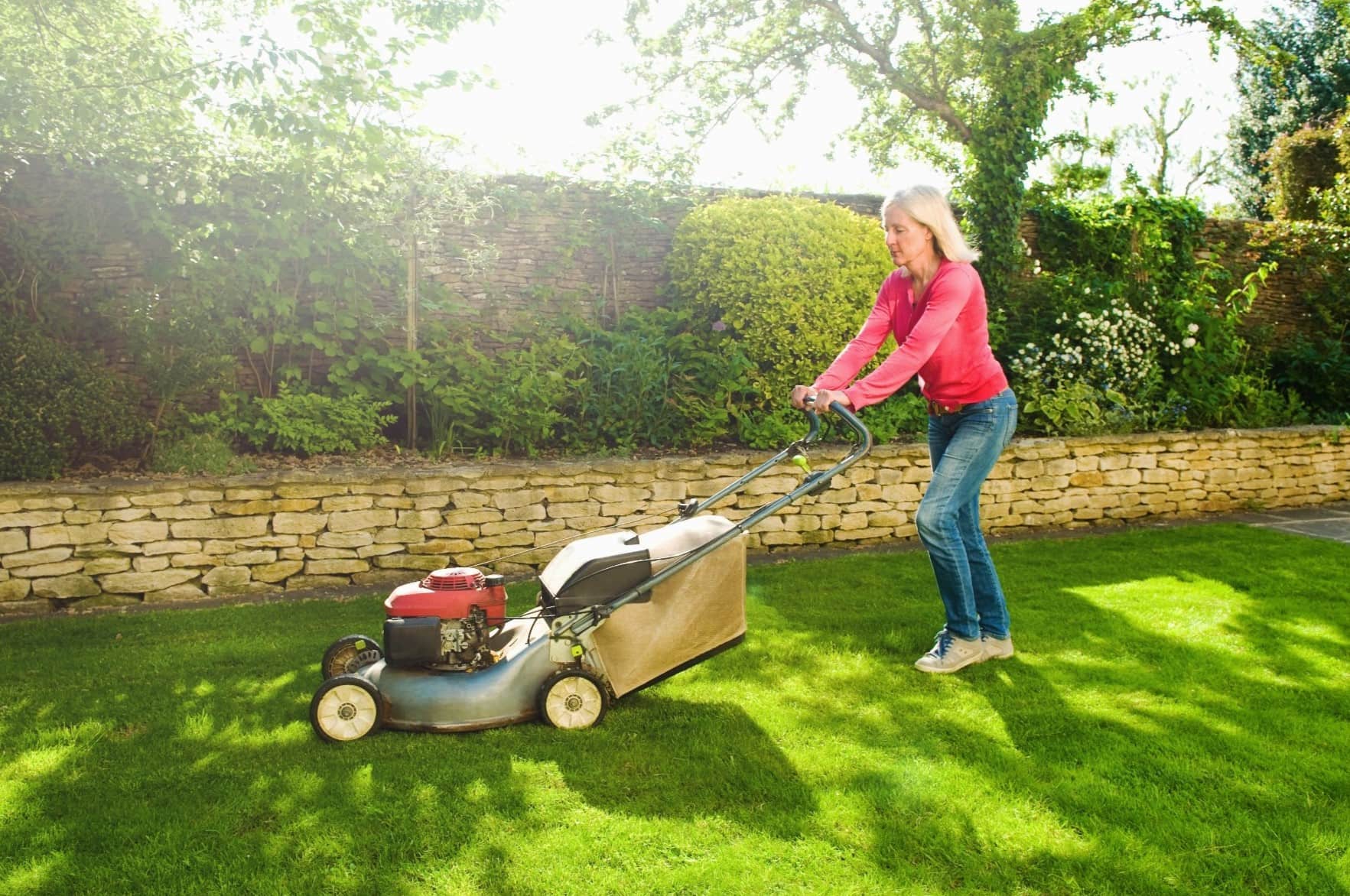
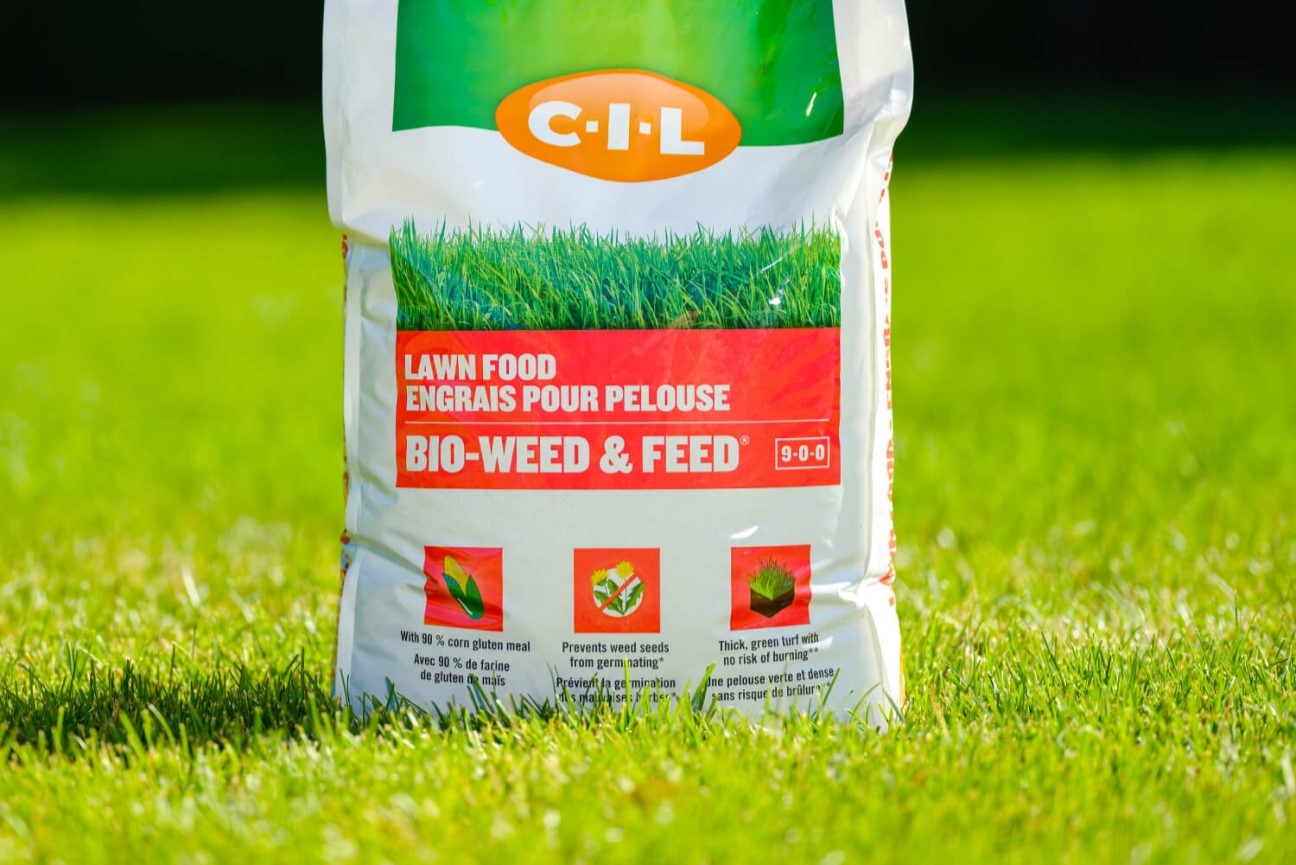
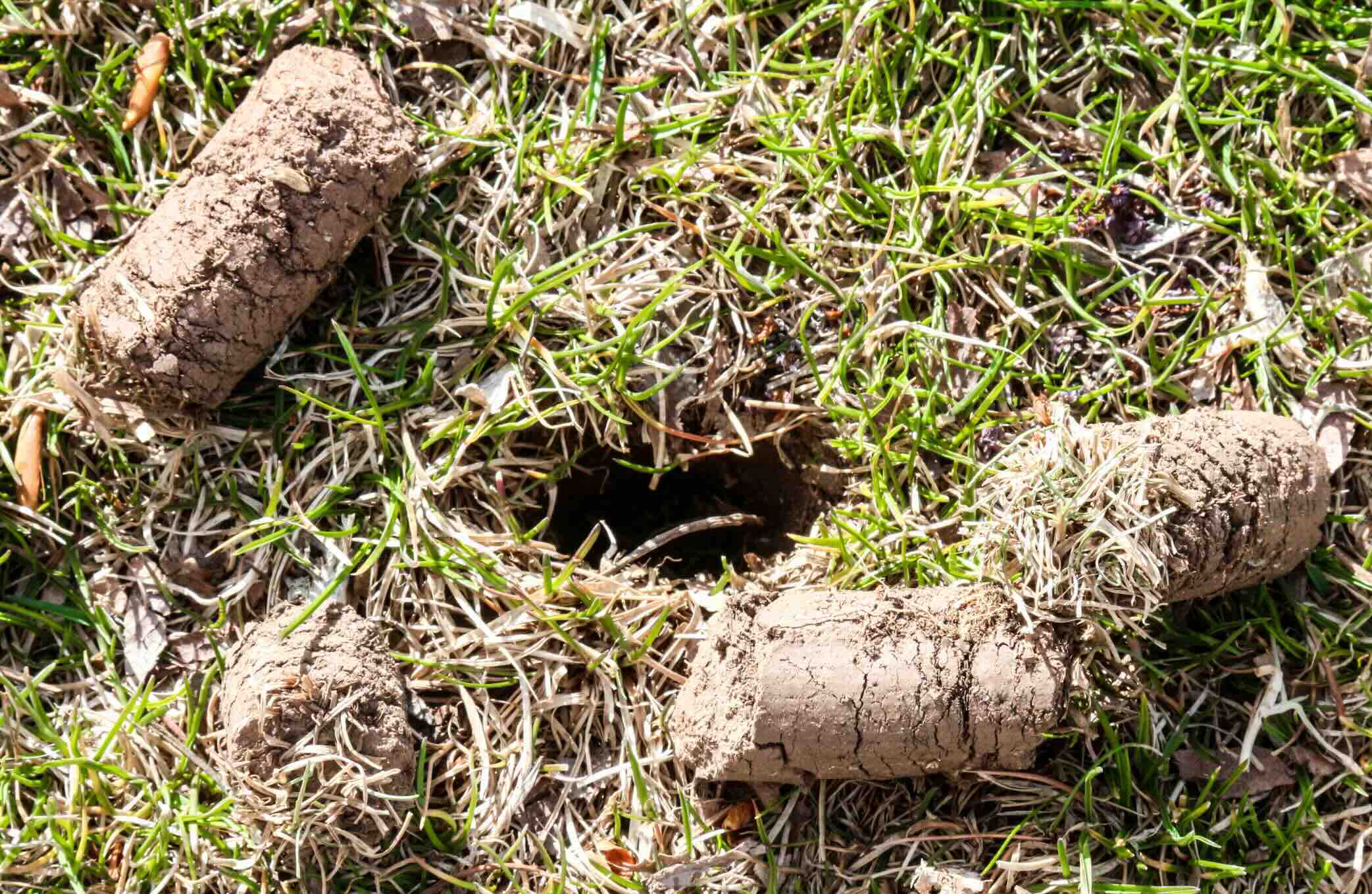
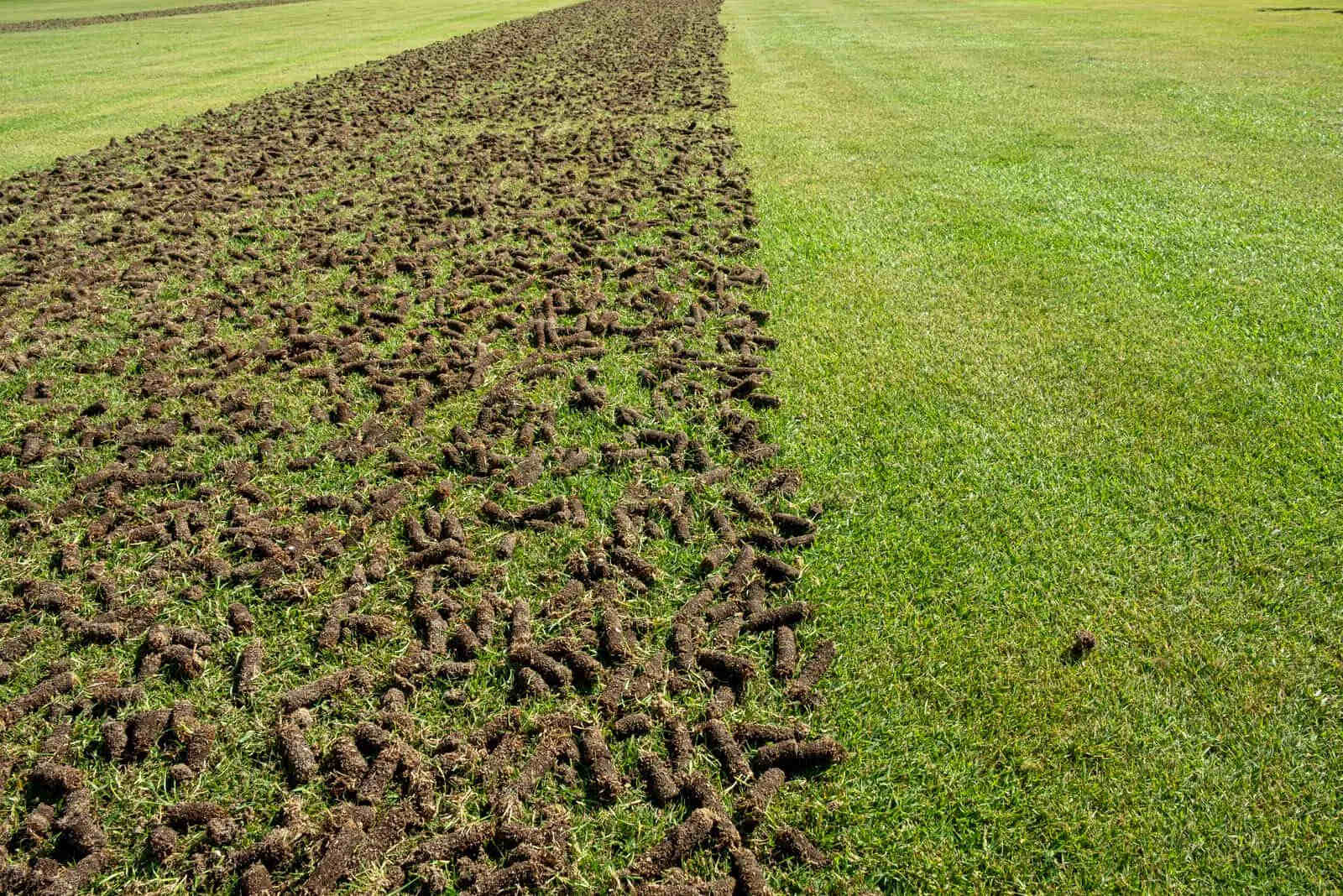
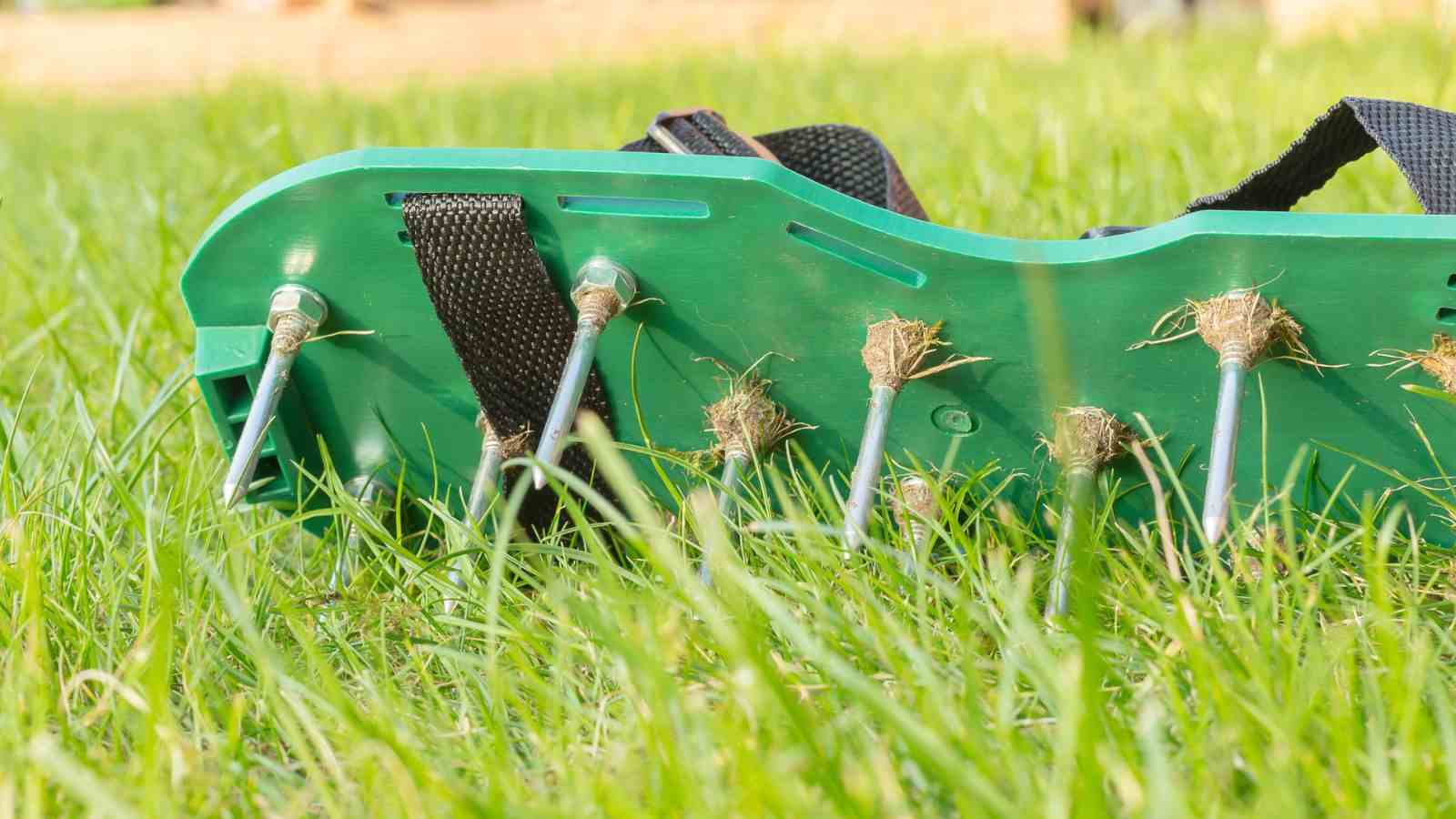
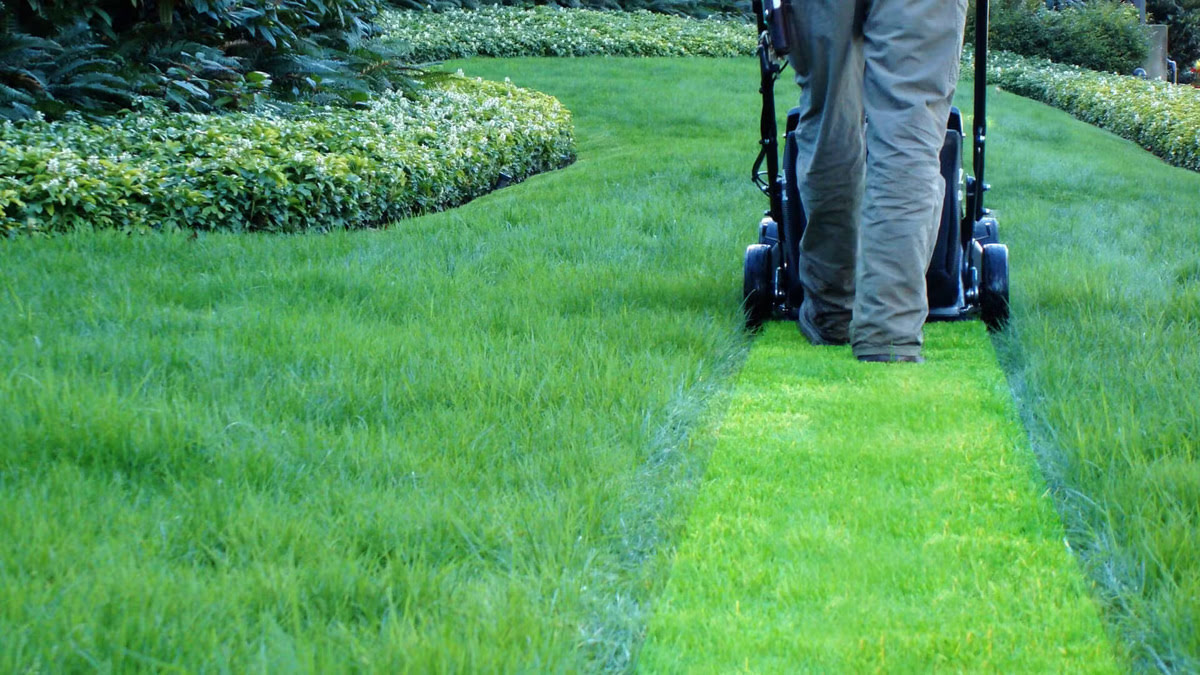
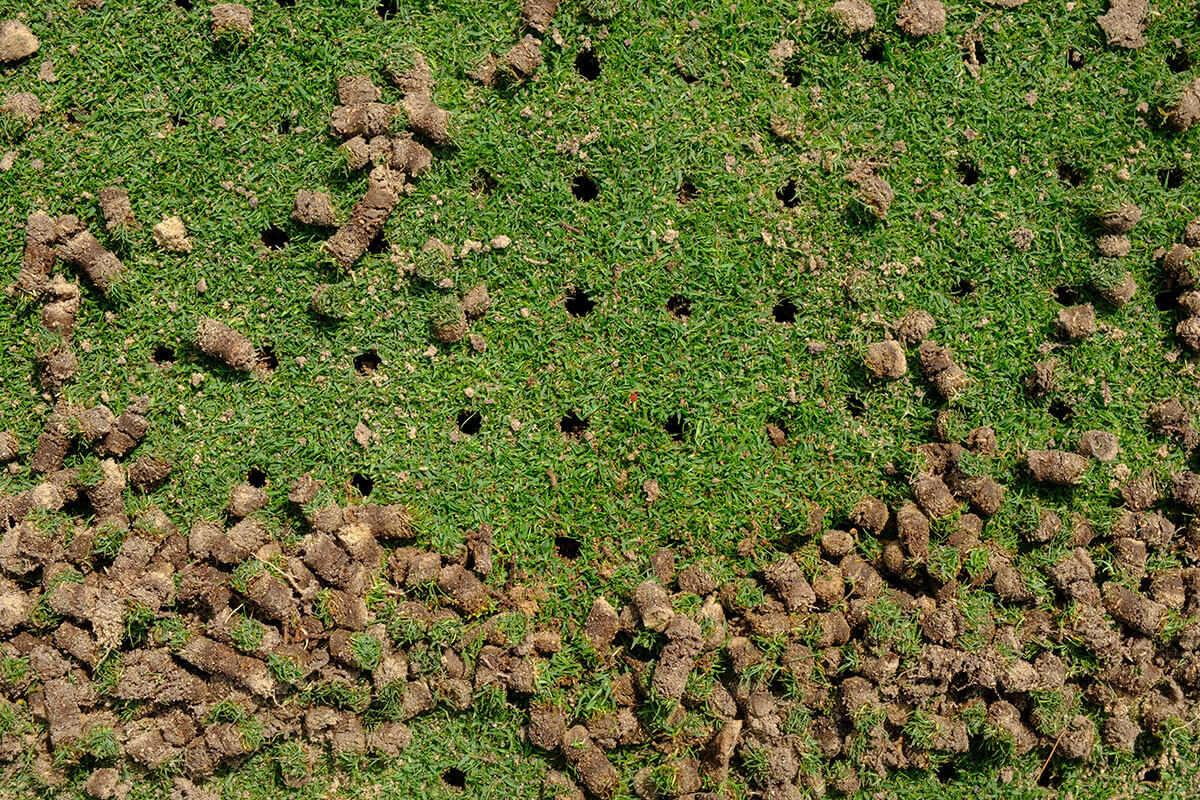
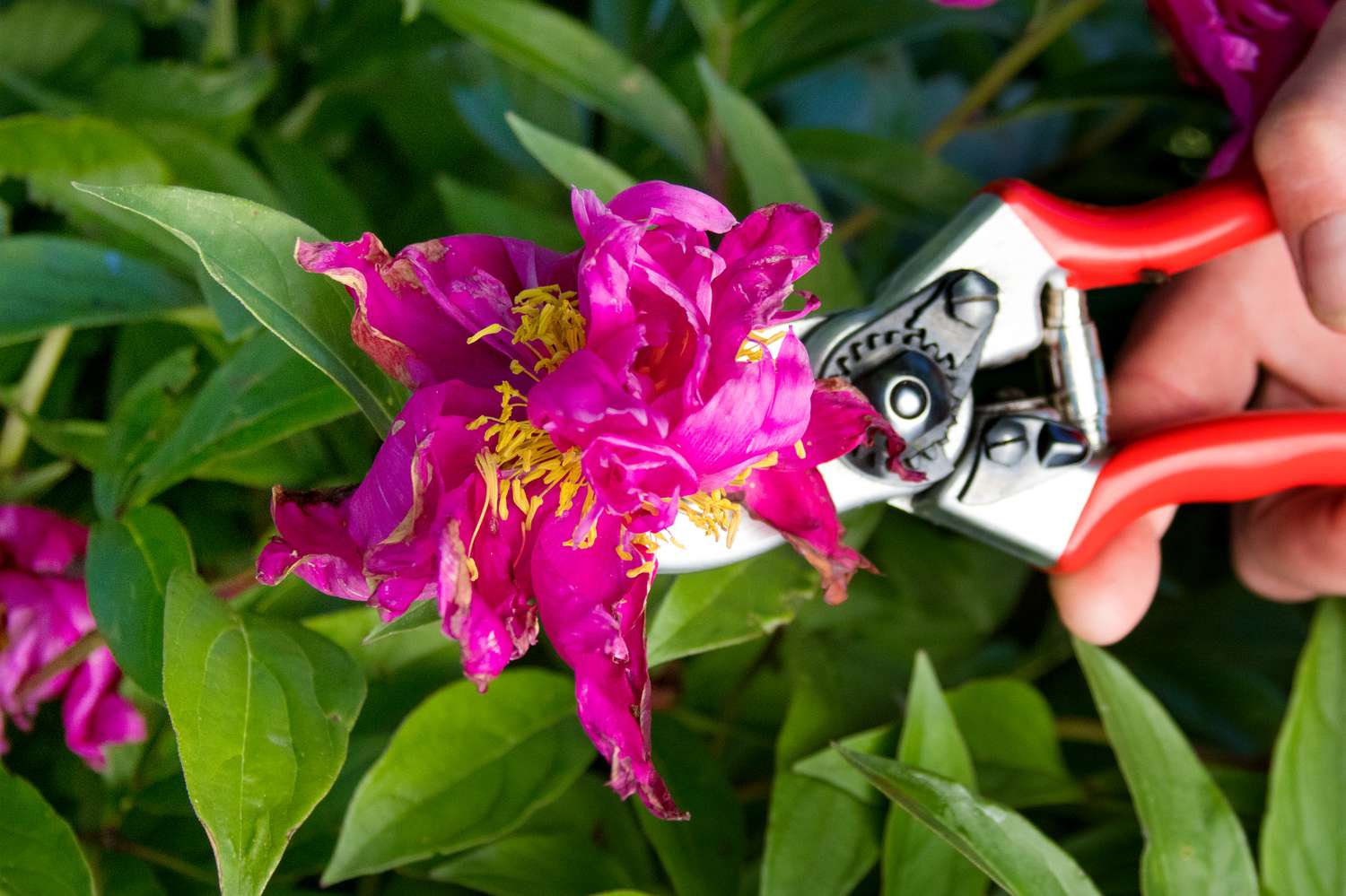
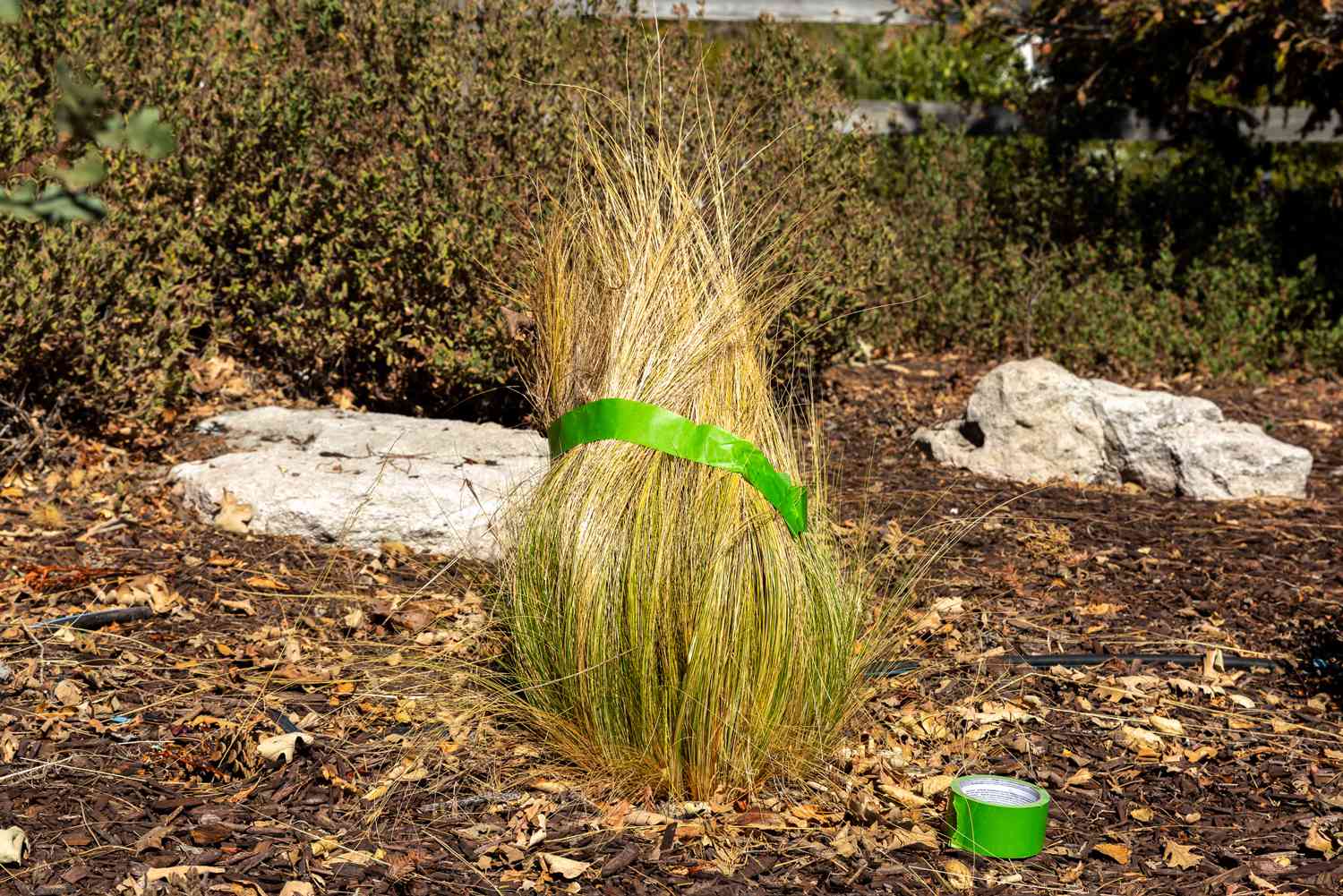
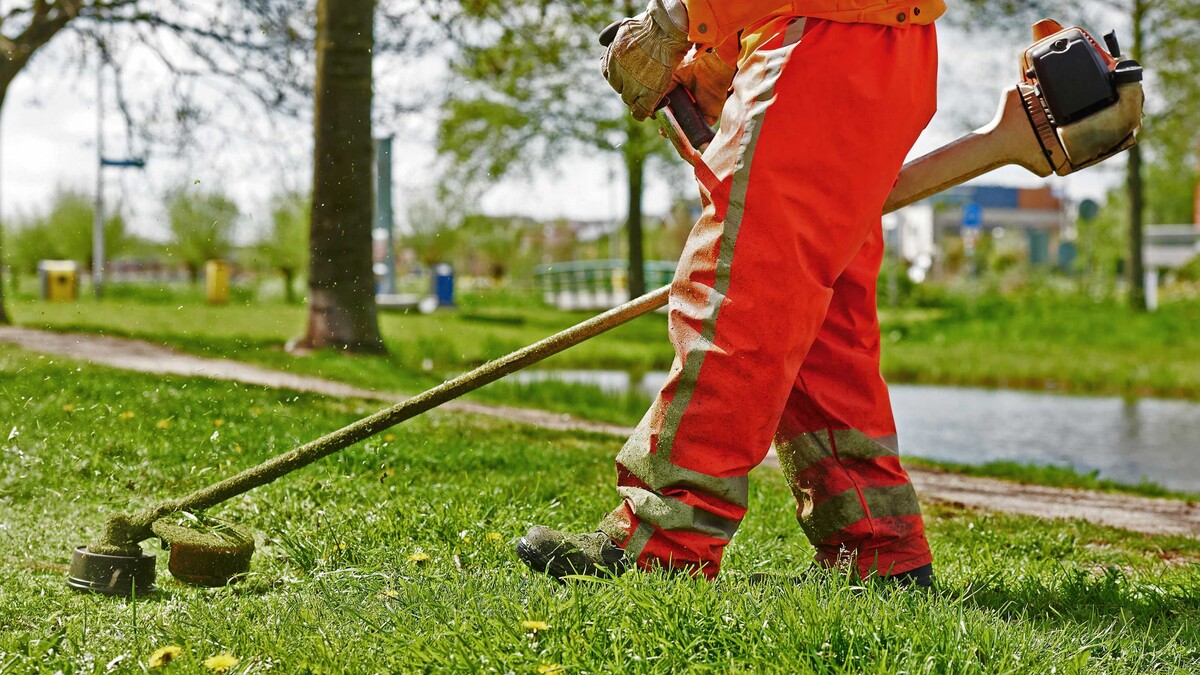
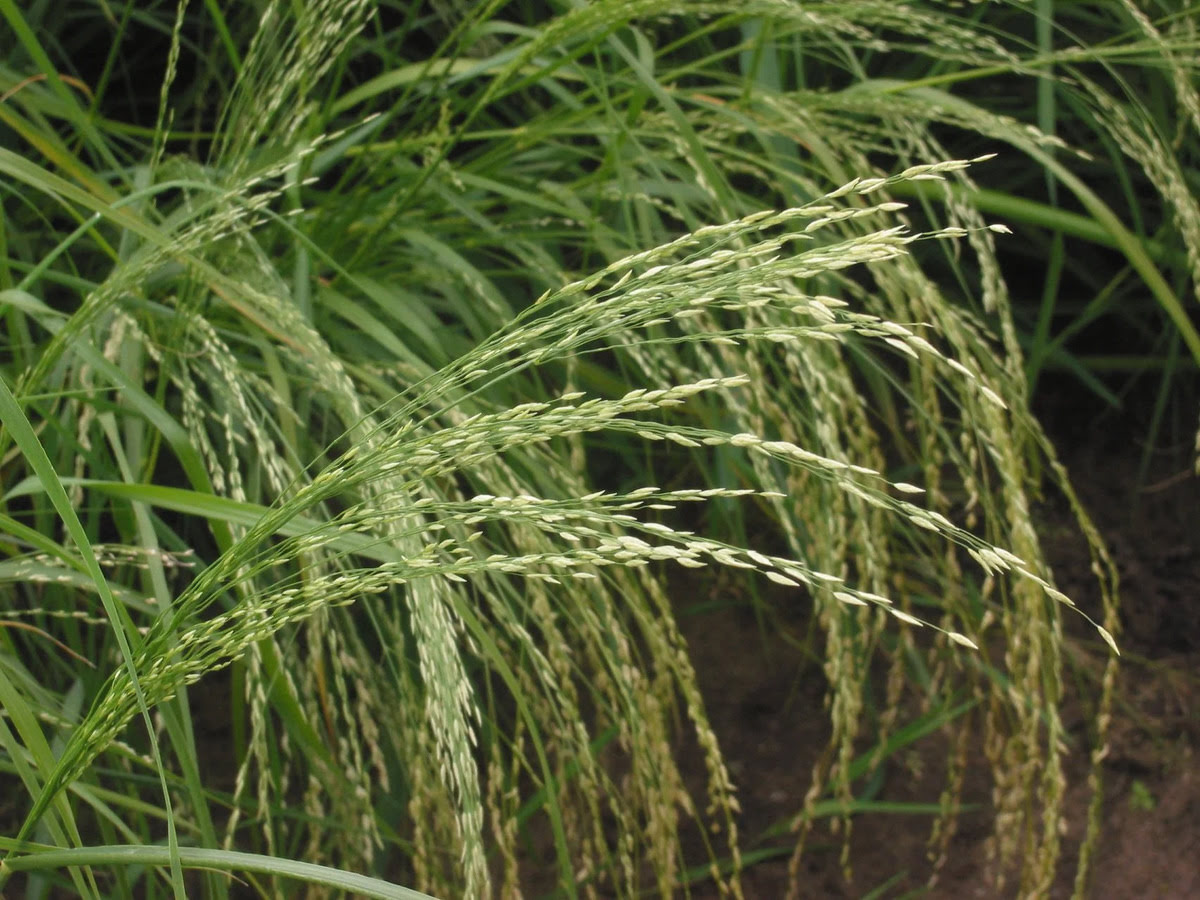
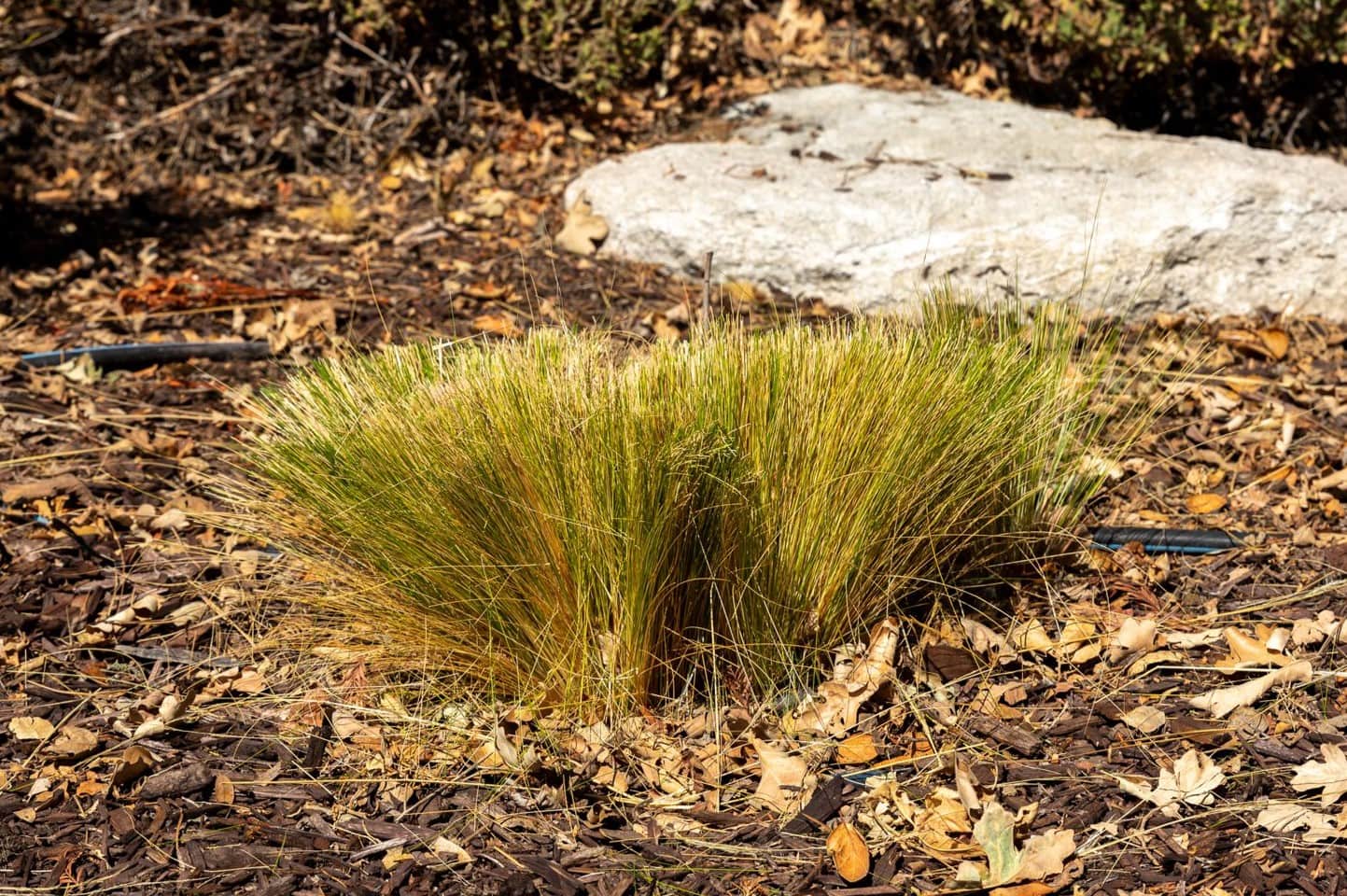

0 thoughts on “When To Cut Grass After Aeration And Seeding”